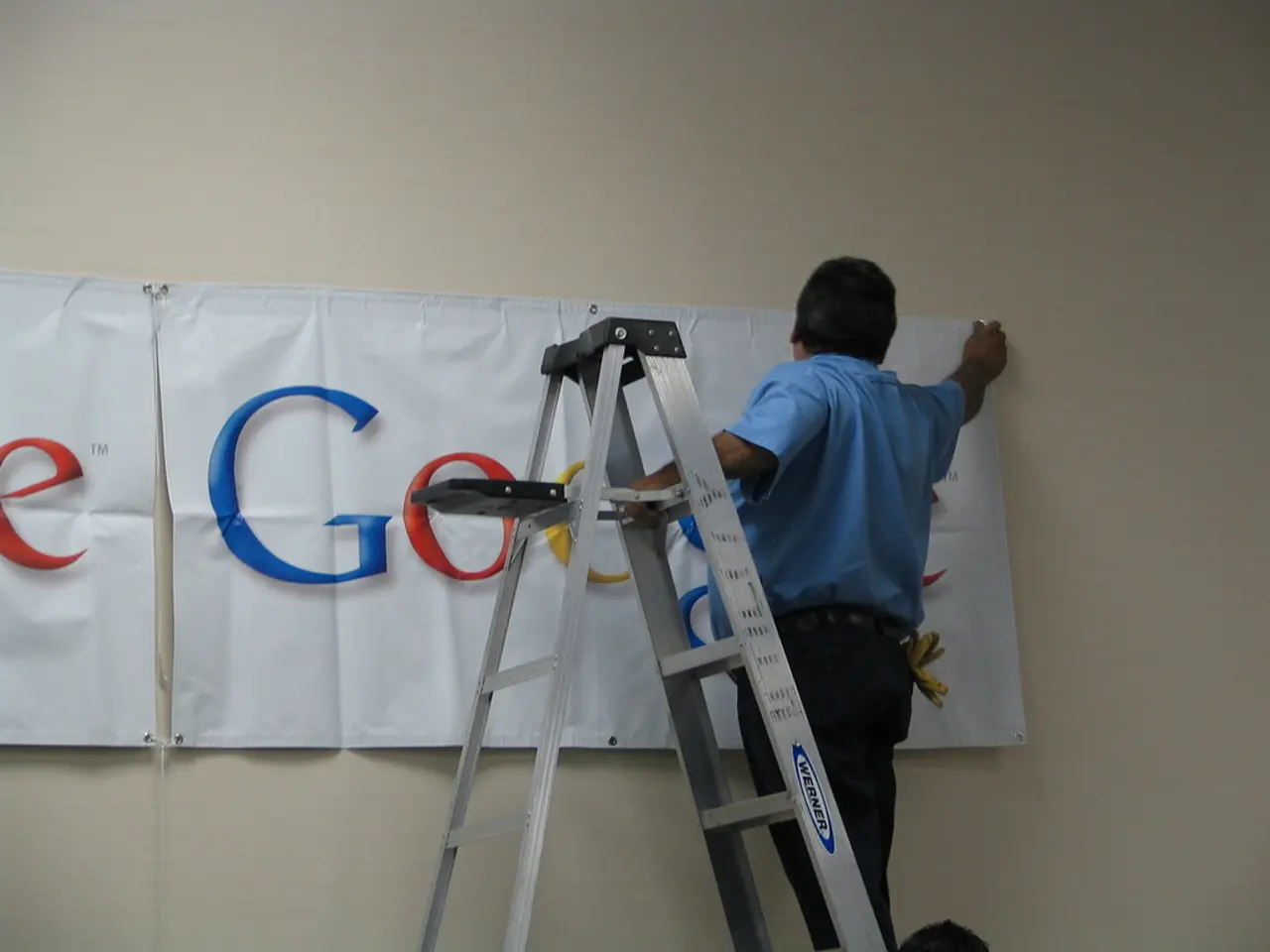Upgrading Your Gmail Account Urged by Google: Reasons Explained
In the rapidly evolving digital landscape, cybersecurity has become more crucial than ever. With the emergence of Generative AI tools, threat actors are stepping up their game, and traditional security measures are no longer enough to safeguard your Google Account. Here's what you need to know to stay secure.
**1. Transition to Passkeys (Passwordless Authentication)**
Google, along with security experts, advocates for replacing passwords with passkeys. Passkeys, which use biometric data like fingerprints or facial recognition combined with a trusted device, are phishing-resistant because they don't rely on shared secrets that can be stolen or reused by attackers. This approach greatly reduces the risk of credential theft, especially from AI-powered phishing campaigns.
**2. Enable Google’s Advanced Protection Program**
For users particularly concerned about phishing, Google's Advanced Protection Program offers extra safeguards. It incorporates physical security keys for 2FA, making it harder for attackers to bypass these barriers. This program is designed to defend against targeted and automated phishing attempts, including those enhanced by AI-generated content.
**3. Use Strong, Unique Authentication Across Google Services**
Since phishing attacks aim to capture reusable credentials, ensure you do not reuse passwords across sites. A reputable password manager can generate and securely store complex passwords if passkeys are not yet in use. Maintaining unique credentials limits damage if one account is compromised.
**4. Stay Vigilant and Educate Yourself on Phishing Tactics**
Generative AI can create very convincing phishing emails that mimic trusted contacts or official communications. Learn to carefully inspect emails for subtle signs of fraud, such as unexpected requests, mismatched URLs, or unusual language. Google's AI-powered filters block many phishing attempts, but user awareness is essential since some may slip through.
**5. Keep your Devices and Software Updated**
Regularly update your operating system, browser, and security software to protect against exploits that attackers might use alongside phishing attacks.
---
**Summary Table of Recommended Protections**
| Protection Method | Description | Benefit Against AI-Driven Phishing | |------------------------------|-------------------------------------------------------|---------------------------------------------------------| | Passkeys (biometric login) | Uses device-bound biometrics, no password required | Blocks credential theft by eliminating passwords | | Advanced Protection Program | Includes physical security keys and stricter login flows | Stronger 2FA resistant to phishing and account takeovers | | Unique Strong Passwords | Use password managers to generate/store complex passwords | Limits credential reuse risk | | User Education & Awareness | Learn to spot phishing emails and suspicious signs | Helps avoid falling for AI-generated fake messages | | Software Updates | Keep devices/software patched | Prevents exploitation of vulnerabilities used in attacks |
By combining these approaches, especially adopting passkeys and physical security keys, you can significantly reduce your Google Account’s exposure to increasingly sophisticated phishing attacks powered by Generative AI.
In the midst of a growing concern for cybersecurity due to AI-powered attacks on Gmail and Google Accounts, it's essential to explore advanced security measures. Enhance your account's protection by transitioning to Google's Passkeys (passwordless authentication) and enabling Google's Advanced Protection Program, both of which provide phishing-resistant barriers and safeguard against AI-driven phishing attempts in data-and-cloud-computing technology.




